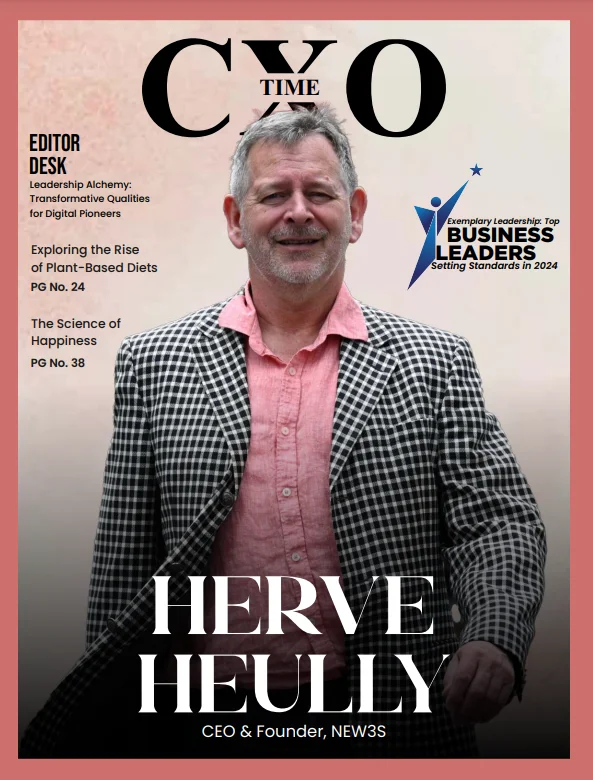
The Intersection of Art and Technology: Exploring the Boundaries of Creativity
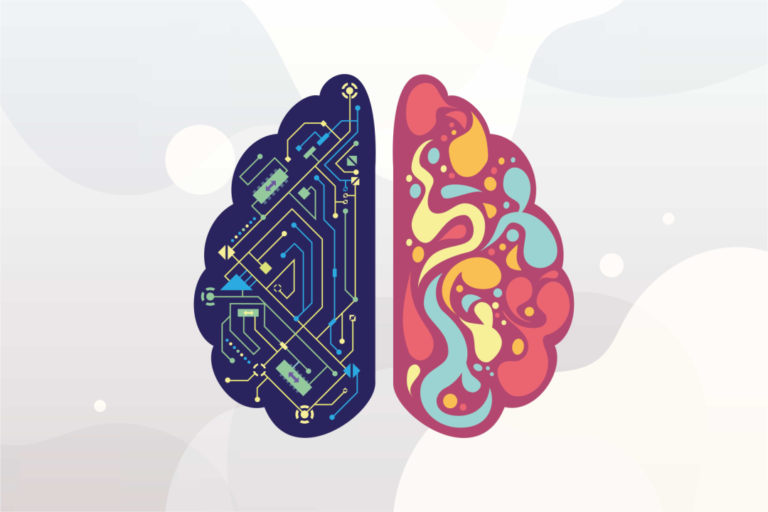
The dynamic intersection of art and technology has cultivated an unprecedented era of limitless creativity, weaving together the rich tapestry of traditional artistic expressions with the threads of cutting-edge technological advancements. This harmonious fusion not only reshapes the landscape of art creation and consumption but also invites a profound reevaluation of our preconceived notions regarding the essence of artistic endeavors. Throughout the following exploration, we will navigate the captivating realm where art and technology seamlessly converge, meticulously scrutinizing the profound impact this convergence has wrought upon diverse artistic disciplines.
The Evolution of Artistic Expression
Art has played a pivotal role in mirroring the diverse facets of the human journey across time. Across different epochs, artistic expression has seamlessly intertwined with the spirit of the age, becoming a mirror reflecting societal norms, values, and aspirations. The rich tapestry of art’s evolution reveals a dynamic interplay of mediums, styles, and techniques, showcasing the adaptability and ingenuity of creators throughout history.
In the contemporary landscape, technology emerges as a potent force reshaping the contours of artistic exploration. The fusion of art and technology has given rise to an unprecedented range of creative possibilities, transcending traditional boundaries. Artists now navigate a vast terrain from traditional canvases to immersive digital realms, pushing the boundaries of what constitutes art. This synthesis not only expands the canvas but also transforms the very nature of artistic engagement, ushering in an era where innovation is not just a choice but a necessity for those who seek to captivate and challenge the modern audience.
Digital Art and Virtual Realities
The emergence of digital art stands as a testament to the transformative impact of technology on the creative process. Artists leverage powerful digital tools to craft visually stunning pieces, unbound by the limitations of traditional physical mediums. This shift allows for an exploration of new aesthetic frontiers, where pixels and algorithms become the painter’s palette, offering a realm of possibilities that extend beyond the tangible. Digital art, with its capacity for intricate detail and vibrant colors, represents not only a departure from conventional forms but a redefinition of the very essence of artistic expression.
In tandem with digital art, the ascent of virtual reality (VR) marks a revolutionary juncture in the relationship between art and technology. VR propels art into an immersive dimension, inviting viewers to step beyond the boundaries of traditional spectatorship. Engaging with three-dimensional, interactive art experiences, audiences find themselves transported into worlds where creativity knows no spatial limits. This integration of technology and art not only challenges the conventional understanding of artistic space but also reshapes the dynamics of viewer engagement, fostering a more participatory and sensory-rich encounter with the creative process.
Interactive Installations and Augmented Reality
The marriage of art and technology extends beyond the confines of galleries and museums. Interactive installations and augmented reality (AR) bring art into the public sphere, transforming ordinary spaces into extraordinary showcases of creativity. AR applications on smartphones allow users to superimpose digital artworks onto their physical surroundings, creating a unique blend of the real and the virtual. These innovations redefine the relationship between the artist, the artwork, and the audience, fostering a more participatory and dynamic artistic experience.
AI and Machine Learning in Art
Artificial intelligence (AI) and machine learning have emerged as powerful tools for artists seeking to push the boundaries of their creativity. Generative algorithms can autonomously create visual art, music, and even poetry, blurring the lines between human and machine-generated expression. Artists collaborate with AI systems to explore new realms of artistic possibility, raising philosophical questions about authorship and the nature of creativity itself.
The Impact on Traditional Art Forms
While technology opens up exciting avenues for innovation, its integration into the art world also prompts reflection on the preservation of traditional art forms. Paintings, sculptures, and other traditional mediums continue to hold intrinsic value, but the dialogue between traditional and contemporary approaches sparks a reevaluation of artistic norms. The intersection of art and technology challenges artists to find a delicate balance between embracing innovation and preserving the timeless essence of their craft.
Challenges and Ethical Considerations
As the boundaries of creativity expand, so do the challenges and ethical considerations surrounding the intersection of art and technology. Questions about data privacy, ownership of digital art, and the potential misuse of AI in creative processes arise. Striking a balance between technological advancement and ethical responsibility becomes crucial to ensure that the transformative power of technology is wielded responsibly within the artistic realm.
The Future of Art and Technology
Looking ahead, the intersection of art and technology promises a future filled with endless possibilities. As technological advancements continue to unfold, artists will likely explore uncharted territories, pushing the limits of creativity. Virtual reality, AI, and other emerging technologies will become increasingly integrated into artistic practices, redefining the way we perceive and engage with art. The evolving landscape invites us to embrace a future where innovation and tradition coexist harmoniously, shaping a new era of artistic expression.
In this dynamic fusion of artistic exploration and technological advancement, creators are pushing the boundaries of conventional mediums, seamlessly blending the tangible with the virtual. The canvas expands beyond physical dimensions, echoing the harmonious symphony between human ingenuity and cutting-edge tools. As we embark on this exhilarating journey, it becomes imperative to strike a delicate balance – harnessing the potential of technology while safeguarding the authenticity of artistic expression. The ongoing dialogue between the classical and the contemporary opens a gateway to unforeseen realms, where innovation and tradition coalesce, shaping a vibrant future for the ever-evolving tapestry of art.
The CXO Time Magazine is one of the leading global platforms for leaders and entrepreneurs to showcase their stories.

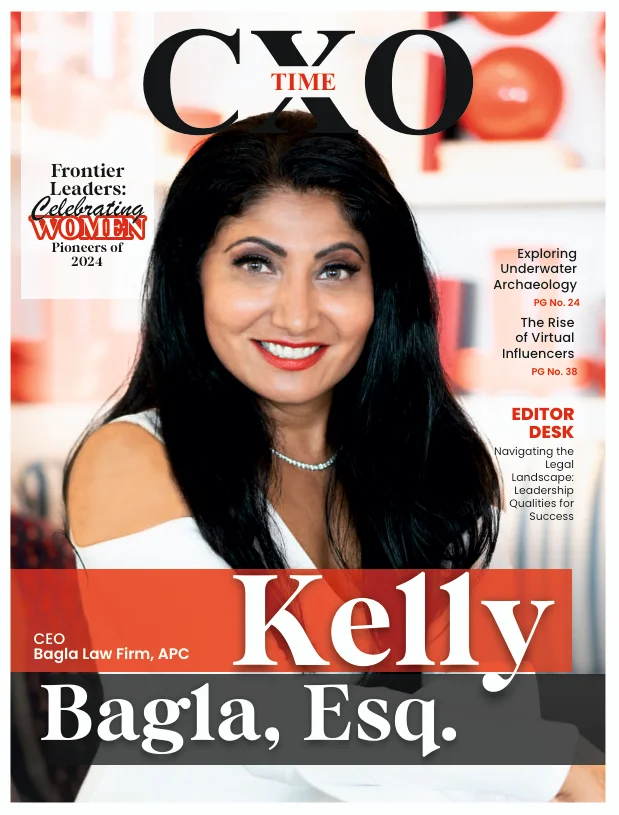
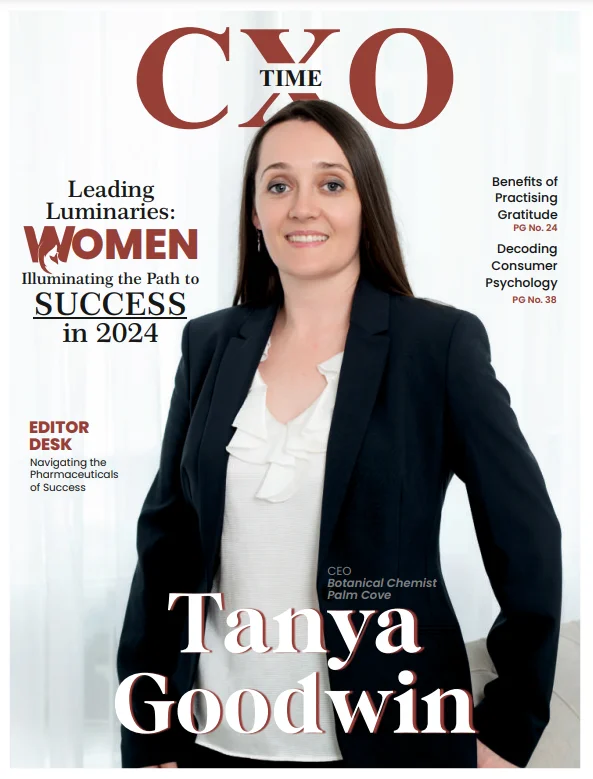
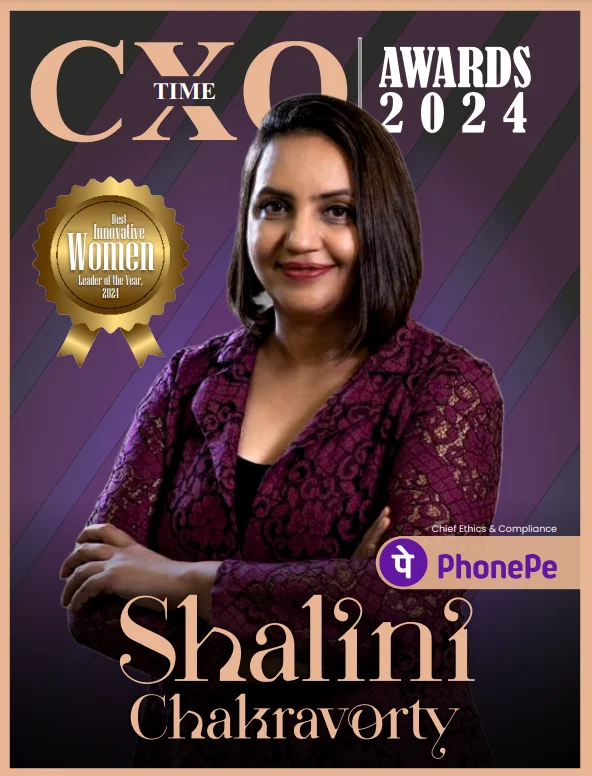
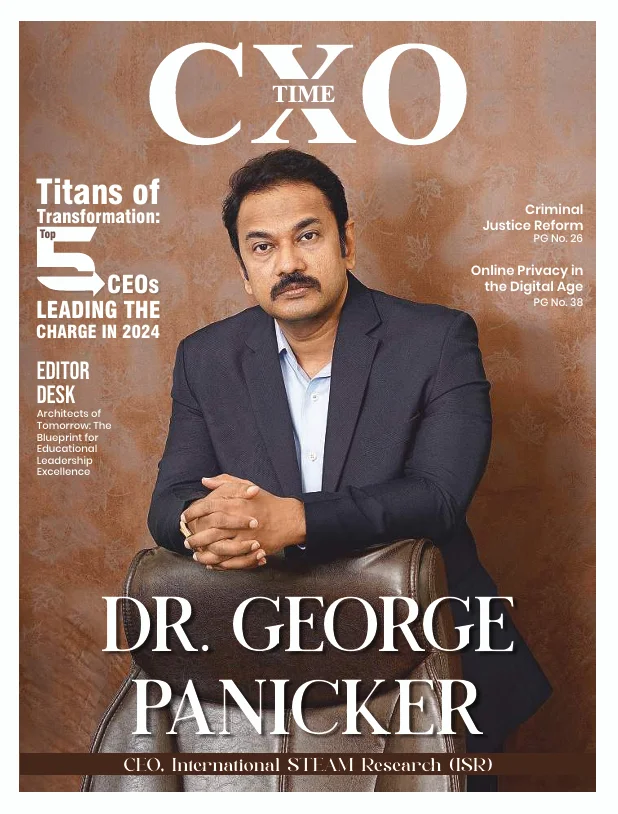
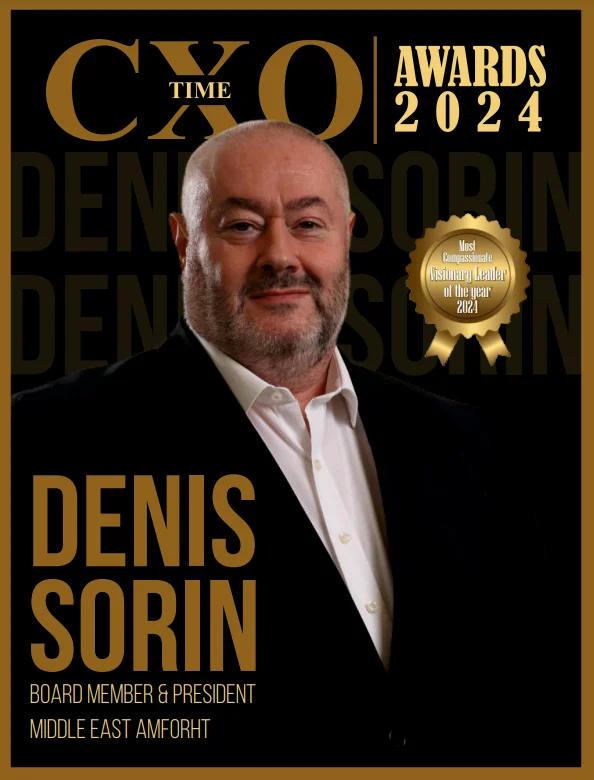
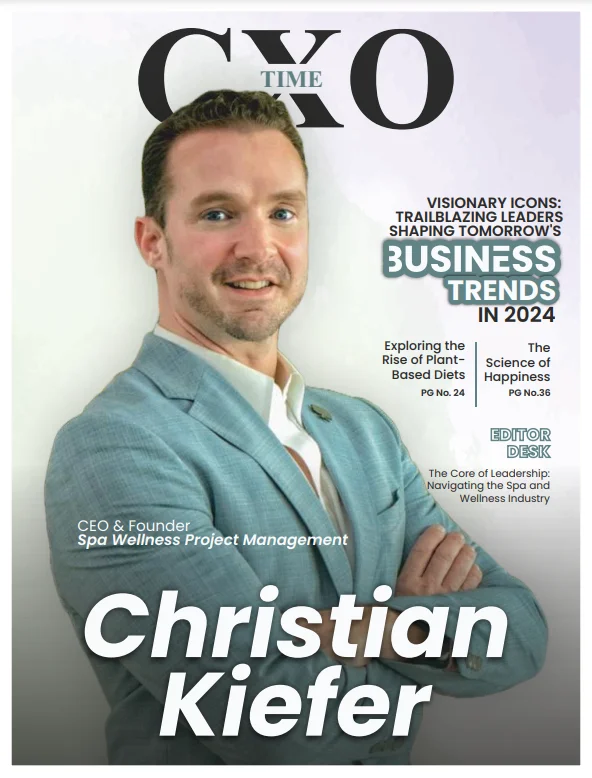
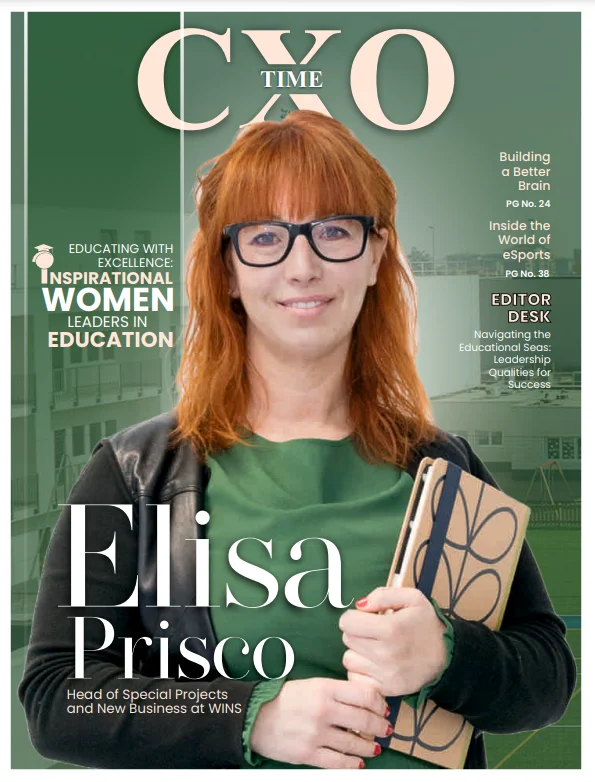
About Us
The CXO Time Magazine is one of the leading global platforms for leaders and entrepreneurs to showcase their stories.
Reach us: info@thecxotime.com